If you experience a runny nose that keeps coming back, pain in your head when you move, or feel like your forehead and cheeks are swollen, it could be sinusitis. This common illness should not be ignored because it can have serious health consequences.
The sinuses are the empty spaces around the nose and forehead. Healthy sinuses (cavities) are filled with air. Their task is to produce a thin mucous secretion needed to moisturize and clean the air we inhale. We distinguish ethmoid, frontal, maxillary, and sphenoid sinuses; the whole section is called paranasal sinuses.
Most often, sinus problems appear in the fall and winter, when we experience the differences in temperature inside and outside. This leads to the drying of the mucous membrane of the nose and sinuses, which facilitates the penetration of impurities and pathogenic microorganisms, like viruses and bacteria.
Symptoms of sick sinuses are characteristic, like:
Sometimes, there are also symptoms such as:

Sinusitis affects the paranasal sinuses and nasal cavities. The disease can progress with varying degrees of severity. Therefore, there are two types of sinusitis: acute and chronic sinus infection.
Acute sinusitis![]() typically happens yearly and lasts for less than twelve weeks. In most cases, the inflammation clears up within about ten days, and proper treatment can prevent any long-lasting effects.
typically happens yearly and lasts for less than twelve weeks. In most cases, the inflammation clears up within about ten days, and proper treatment can prevent any long-lasting effects.
Chronic sinusitis![]() is a more severe form of the disease. It occurs when acute sinusitis is not treated accurately. This is especially true when acute inflammation keeps recurring. Symptoms of chronic sinusitis
is a more severe form of the disease. It occurs when acute sinusitis is not treated accurately. This is especially true when acute inflammation keeps recurring. Symptoms of chronic sinusitis![]() last for more than 12 weeks and vary in severity. The drugs used to treat acute sinusitis are not practical while treating chronic sinusitis. Sinus drainage may be necessary, and symptoms may suddenly worsen, causing fever and severe headache. Proper treatment can help manage symptoms and return the patient to their previous state, but complete healing may not be possible.
last for more than 12 weeks and vary in severity. The drugs used to treat acute sinusitis are not practical while treating chronic sinusitis. Sinus drainage may be necessary, and symptoms may suddenly worsen, causing fever and severe headache. Proper treatment can help manage symptoms and return the patient to their previous state, but complete healing may not be possible.
Chronic sinusitis can occur when acute sinusitis is not correctly treated or left untreated. Sometimes, the medication used may not be practical, leading to chronic inflammation. This condition is often linked to the anatomy of the nasal cavities and sinuses, which can hinder the drainage of sinus secretions.
Sinus infection is a fairly common disease. Inflammation occurs at any age and regardless of gender. The leading cause is viruses, bacteria, and fungi that penetrate the sinuses and begin to multiply there. The risk is much higher for people with a blocked nose (like during an infection).
The causes of obstruction include:
Some causes of obstruction are related to genetic defects that result from abnormalities in the movement of the cilia of the respiratory epithelium. These conditions are usually diagnosed during childhood.
In some people, mechanical trauma, such as a blow to the nose, Wegener's granulomatosis, tuberculosis, nasal tumors, immune disorders, and air pollution can also cause obstruction.
Another cause of sinusitis can be allergies. Exposure to an allergen can cause the patient's condition to worsen with each breath. Typically, this leads to swelling of the nasal mucosa, making it difficult to breathe correctly. Over time, symptoms of inflammation appear. It's not just grass and tree pollens that can be harmful, but also fungi, molds, mites, animal hair, and various chemical compounds like those found in wall paints.
Complications from sinusitis![]() are statistically reported to occur in one out of every fifty cases. These complications typically arise from chronic sinus infection but can also happen following an episode of acute sinusitis. The difficulties associated with sinusitis include:
are statistically reported to occur in one out of every fifty cases. These complications typically arise from chronic sinus infection but can also happen following an episode of acute sinusitis. The difficulties associated with sinusitis include:
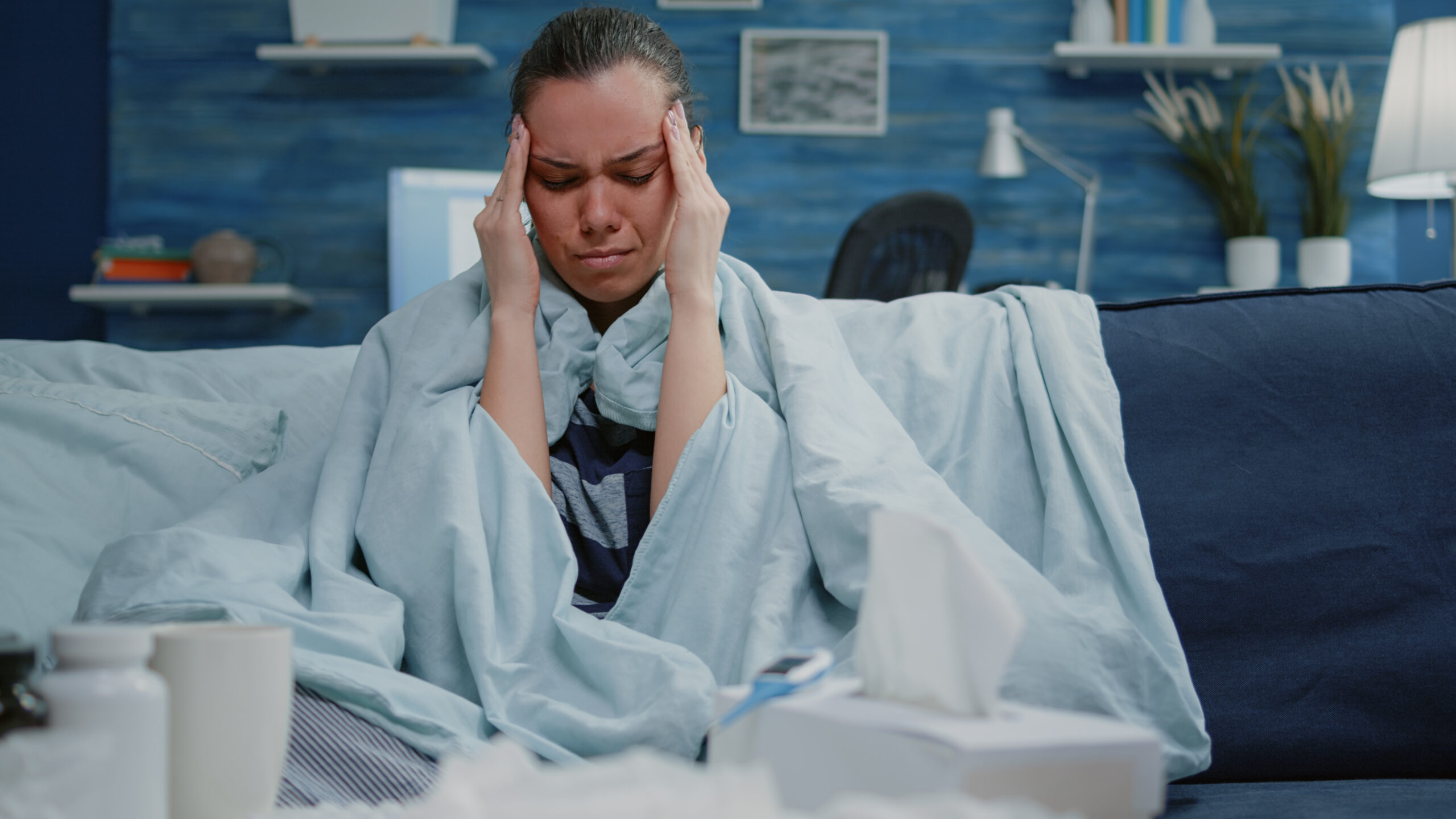
To diagnose a sinus infection![]() , the doctor will gather a detailed medical history, conduct a laryngological examination, and perform further tests if needed.
, the doctor will gather a detailed medical history, conduct a laryngological examination, and perform further tests if needed.
To diagnose acute sinusitis, two or more symptoms must be present: nasal obstruction, nasal discharge (anterior or posterior runny nose), sinus pain, facial pressure, and impaired sense of smell. During a laryngological examination, the doctor will conduct an endoscopy of the nose, known as anterior rhinoscopy, to assess the mucosa for inflammation or polyps. They will also evaluate the condition of the nasal septum.
When diagnosing sinusitis, non-contrast computed tomography is the preferred imaging test. However, it is not advised for acute sinusitis. On the other hand, chronic sinusitis can be diagnosed through this test, which reveals various sinus abnormalities such as fluid buildup, polyps, and mucosal thickening. Magnetic resonance imaging is not as commonly used as computed tomography but can help distinguish between inflammatory, neoplastic, and fungal diseases. It can even be performed on pregnant patients if necessary.
To determine whether you should start antibiotic treatment, ESR and CRP tests![]() can be helpful. Low values decrease the chance of bacterial contamination, while high values increase it. Sometimes, allergy tests are advised.
can be helpful. Low values decrease the chance of bacterial contamination, while high values increase it. Sometimes, allergy tests are advised.
In most cases, the treatment of sinus infection is symptomatic. Home remedies for sinusitis can be as effective as sinus medications, and they are also safe for children and pregnant women.
If a bacterial infection causes sinusitis or if it keeps coming back, it's significant to see a doctor for proper medical treatment.
Several home remedies (like sinus rinsing, inhalation, or air humidifier) can help during sinus infections. Check out the recommended practices that can help you get better.
How to clean the sinuses from nasal mucus? Lean over a bowl of hot water or herbal infusion. Don't forget to cover yourself with a towel! The water vapor will dilute the residual secretion and unblock the sinuses.
To increase the effectiveness of inhalation![]() , add inhalation drops to the infusion. These can be ready-made preparations or selected essential oils: eucalyptus, mint, pine, thyme, or tea tree.
, add inhalation drops to the infusion. These can be ready-made preparations or selected essential oils: eucalyptus, mint, pine, thyme, or tea tree.
Treating sinusitis in a child through inhalation is effective. Nevertheless, ensuring your child's safety is crucial to preventing hot water spills on them. Studies show that the youngest are particularly vulnerable to accidents during home inhalation. Nebulizers effectively eliminate this risk.
Also, you can do inhalations before bedtime to help you fall asleep more easily.
Gargles are an excellent home remedy for sinus cleansing![]() . At the pharmacy, you can purchase rinsing kits, which come in the form of a plastic bottle with a hole in the cap. The bottle you buy will already be filled with saline solution. However, you can keep and clean it to use it in the future for self-prepared rinses.
. At the pharmacy, you can purchase rinsing kits, which come in the form of a plastic bottle with a hole in the cap. The bottle you buy will already be filled with saline solution. However, you can keep and clean it to use it in the future for self-prepared rinses.
Put the bottle to the selected nostril and lean over the sink (this will help prevent the salty solution from getting into the throat). Close the other nostril. Breathe through your mouth (it's not about sniffing water!).
Squeeze the bottle and let the water flow through your sinuses. Unclog the other hole and let the water run out.
Repeat a few times, then do the same on the other buttonhole.
Such a procedure flushes bacteria, viruses, allergens, dead tissues, and secretions from the nasal cavity.
Rinsing should not be done during exacerbation phases when the nose is firmly blocked.
When reusing a bottle, washing it thoroughly is important to avoid introducing new bacteria or fungi. Use water and a little washing-up liquid to hand wash the plastic container, tube, and stopper. A toothbrush can help scrub hard-to-reach areas. Some manufacturers allow sterilizing the bottle in the microwave for 1.5-2 minutes after hand washing.
It is safe to rinse the sinuses with proper attention to hygiene, but it's important not to overdo it. Too frequent rinsing can deprive the sinuses of “good” bacteria that protect us from infections daily. It is best to use this treatment temporarily when you feel that your sinuses are particularly vulnerable to infection or are already starting to hurt.
Warm compresses for the sinuses will help relieve pain, help clear the nose, and reduce the feeling of pressure in the head. You can do them several times a day. How to make such a wrap?
Dip a piece of clean gauze or towel in hot water. Make sure that the temperature of the material is not too high and squeeze the excess water out of the compress.
Lie on the bed or sofa and apply the compress to the forehead, nose, or cheeks for 3 minutes. Immediately after, apply a cool compress for 30 seconds. Repeat the whole thing 2-3 times.
Proper hydration is the basis of sinus cleansing. It's advised to purchase a humidifier![]() to keep your home at an optimal humidity level. In particular, it is worth having it by the bed and turning it on at night.
to keep your home at an optimal humidity level. In particular, it is worth having it by the bed and turning it on at night.
Remember that the air humidifier should be kept clean so that fungal cells do not start to multiply. If you neglect the device, it will do more harm than good to your health.
Take care of hydration![]() not only from the outside but also from the inside. Consuming tea, preferably with honey added after it cools down, and plain water is advised. Moreover, it is advisable to limit alcohol intake as it can exacerbate mucosal swelling and weaken the body.
not only from the outside but also from the inside. Consuming tea, preferably with honey added after it cools down, and plain water is advised. Moreover, it is advisable to limit alcohol intake as it can exacerbate mucosal swelling and weaken the body.
Acupressure![]() is a massage consisting of pressing for about 3 minutes, the so-called. acupressure points that are supposed to affect other parts of the body.
is a massage consisting of pressing for about 3 minutes, the so-called. acupressure points that are supposed to affect other parts of the body.
Points you can apply pressure to relieve sinus pain or reduce hay fever include:
To effectively choose the proper medications for sinusitis![]() , it is necessary to identify the cause of sinus infection, whether it is a virus or bacteria. Bacterial sinusitis is treated with antibiotics. If the one prescribed by the doctor does not help, return to the clinic – the doctor will choose another preparation.
, it is necessary to identify the cause of sinus infection, whether it is a virus or bacteria. Bacterial sinusitis is treated with antibiotics. If the one prescribed by the doctor does not help, return to the clinic – the doctor will choose another preparation.
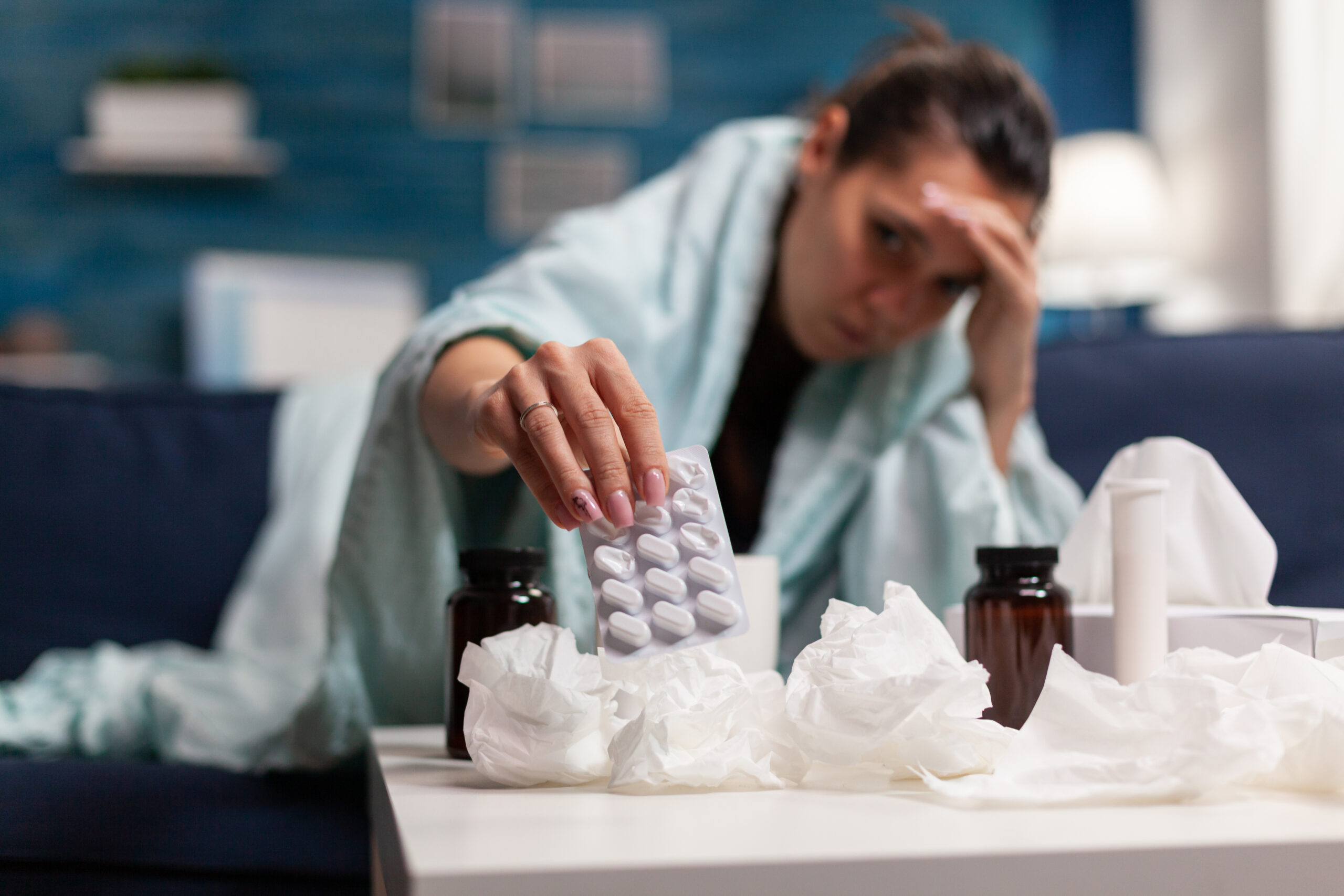
However, about half of cases of sinusitis can be cured without antibiotics. With viral sinusitis, treatment is symptomatic. Painkillers such as ibuprofen or paracetamol for the sinuses can be included, as well as nasal drops for the sinuses (which, however, should not be used by children).
Sinus procedures are performed in the advanced stage of sinusitis development. To clear the sinuses, doctors may order:
Sinusitis can affect people of all ages. To avoid![]() contracting the illness, staying away from individuals with upper respiratory tract infections is essential. Exposure to cigarette smoke and air pollutants can also increase the risk of developing sinusitis. To prevent sinusitis, it's necessary to treat allergies properly and maintain the appropriate air humidity level in the rooms where we spend most of our time. This is particularly important during the heating season.
contracting the illness, staying away from individuals with upper respiratory tract infections is essential. Exposure to cigarette smoke and air pollutants can also increase the risk of developing sinusitis. To prevent sinusitis, it's necessary to treat allergies properly and maintain the appropriate air humidity level in the rooms where we spend most of our time. This is particularly important during the heating season.
Table of Contents
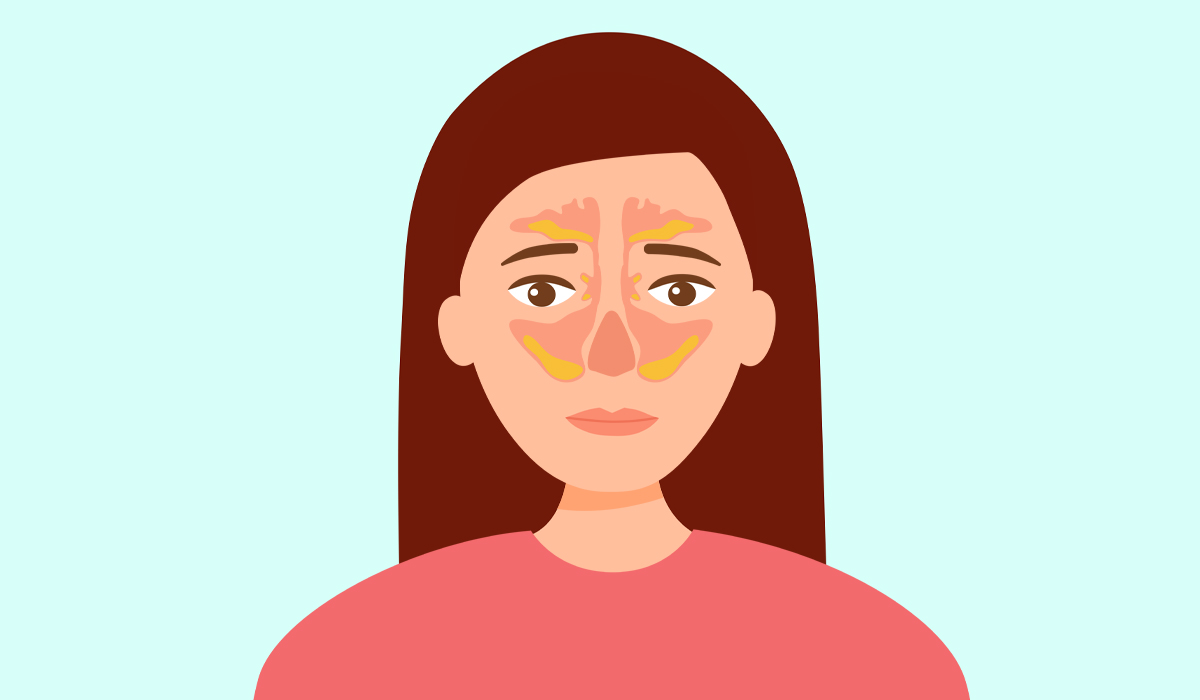
Sinusitis manifests with a recurrent runny nose, pain when moving the head, and a feeling of expansion in the forehead… read more »
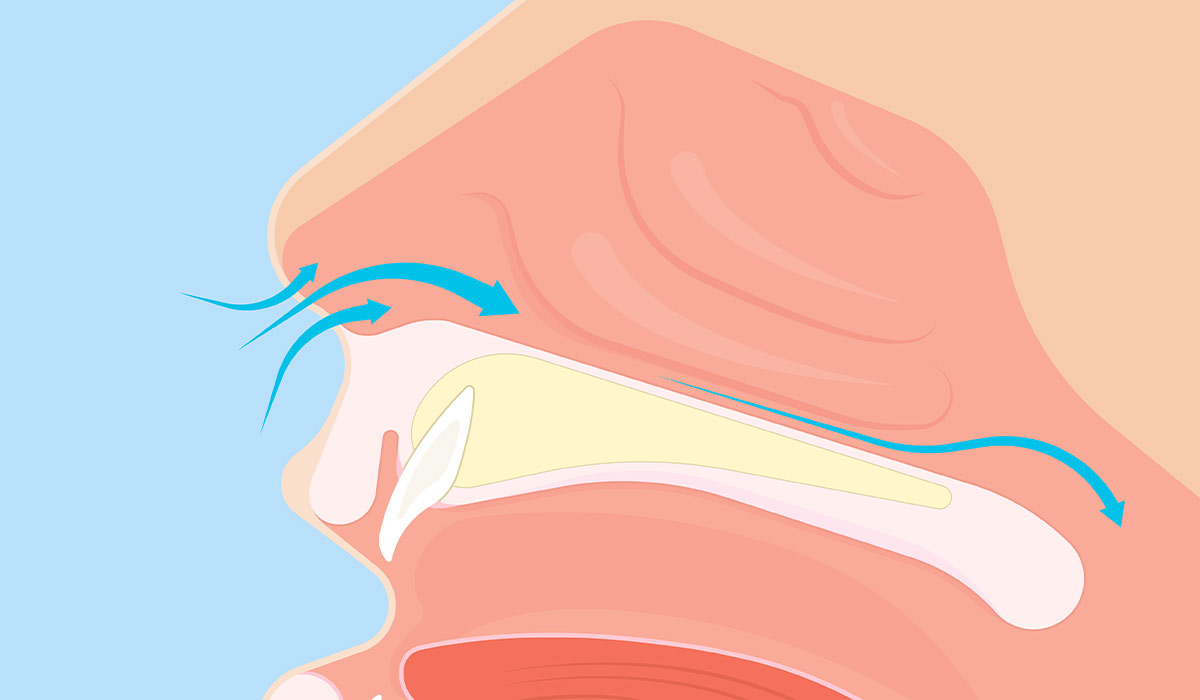
A deviated nasal septum causes many problems. What are the causes of this condition? What is the diagnosis and treatment… read more »
Post nasal drip refers to an accumulation of mucus in the back of the throat, which results in a cough,… read more »
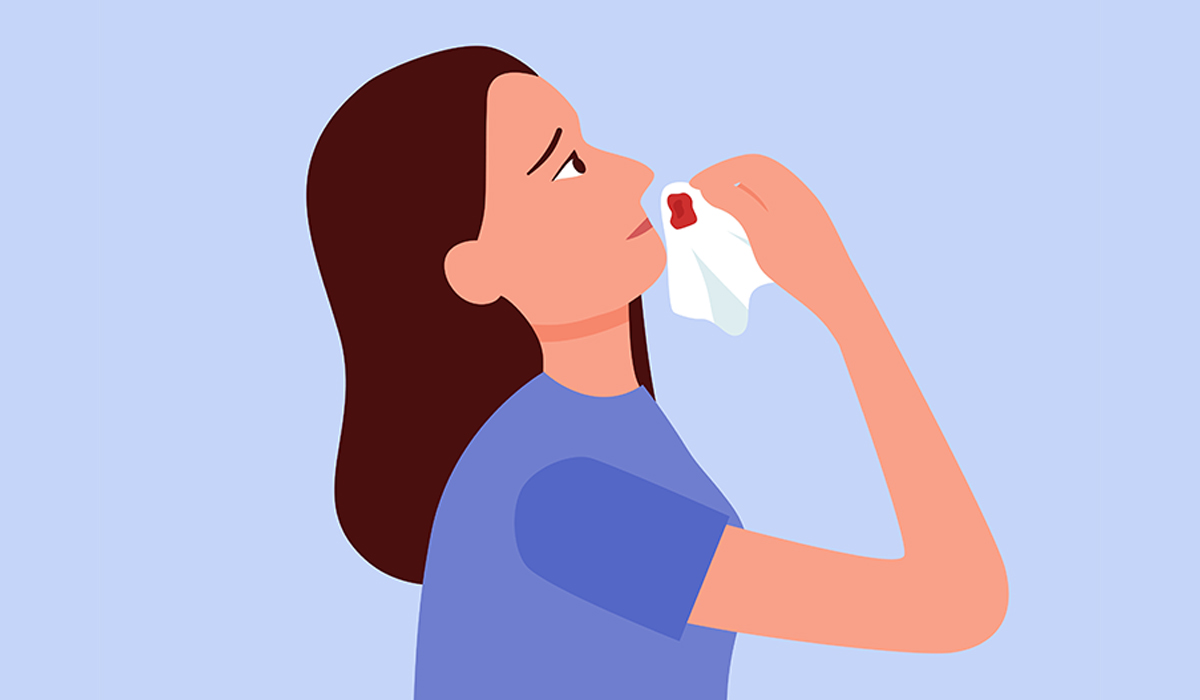
A nosebleed, which doctors call epistaxis, is when blood comes from inside the nose. This can happen for many reasons,… read more »
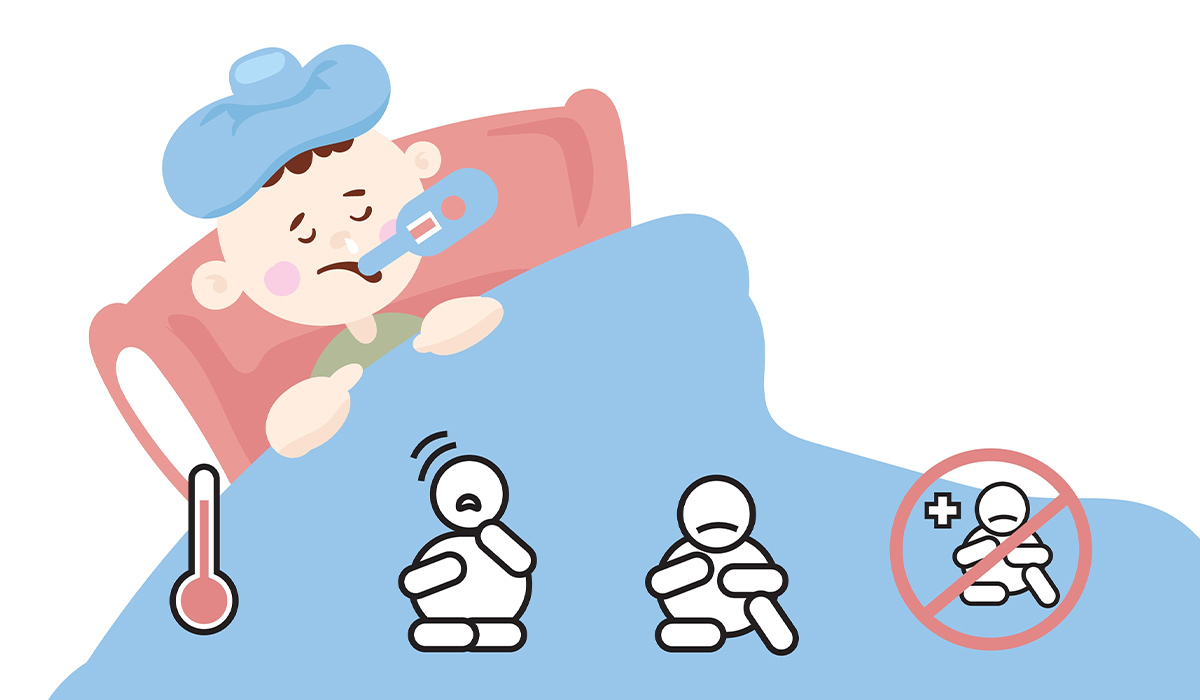
RSV is a virus that causes respiratory infections. It is especially dangerous for for infants and and children under two… read more »
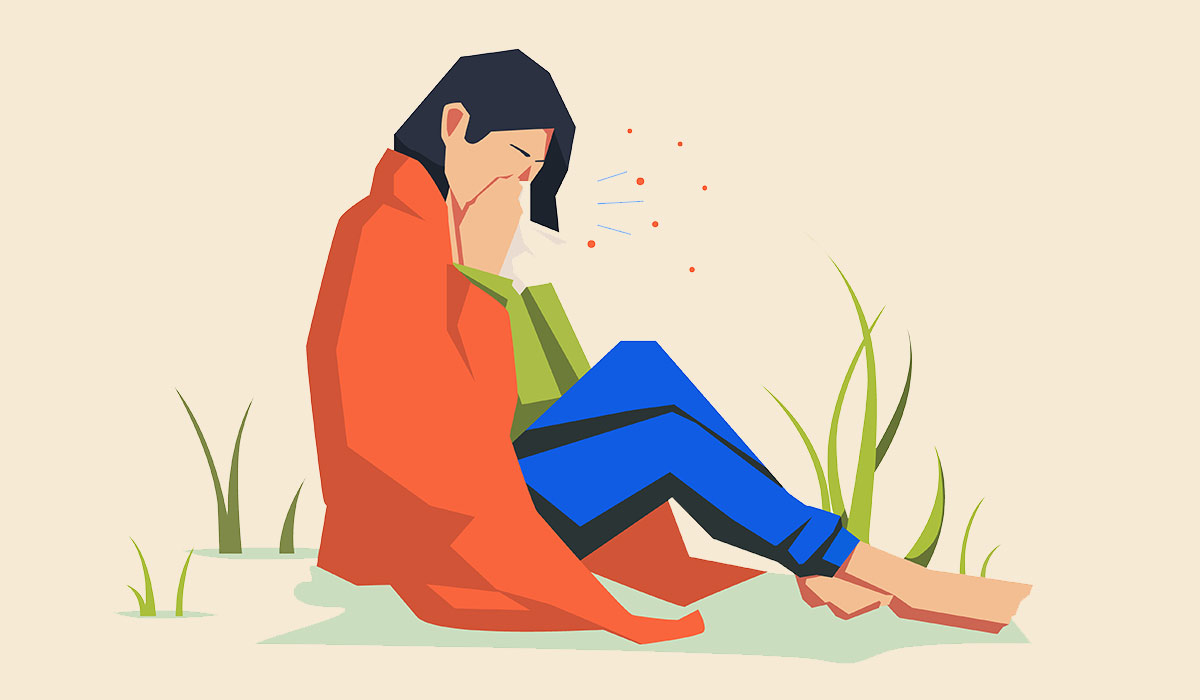
Hay fever is one of the symptoms of allergies. It may appear immediately after contact with the allergen or after… read more »
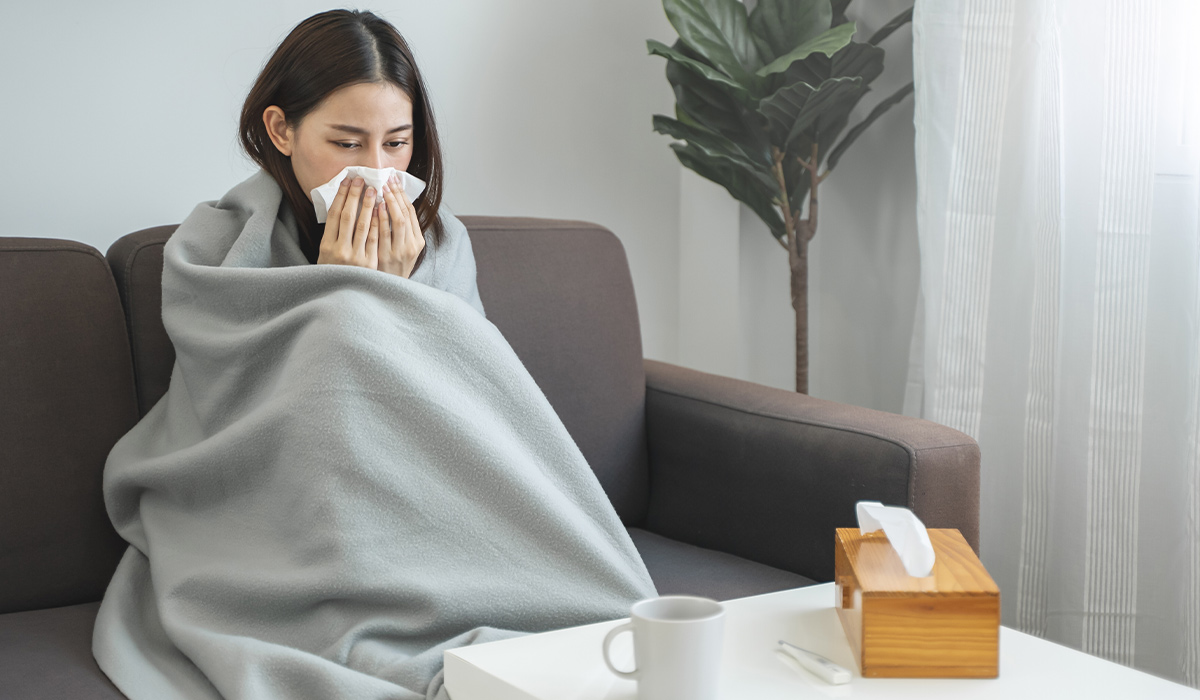
A common cold is a set of symptoms associated with inflammation of the mucous membranes of the nose, throat and… read more »

Pneumothorax is a condition that develops as a result of air entering the pleural cavity. What are the causes and… read more »
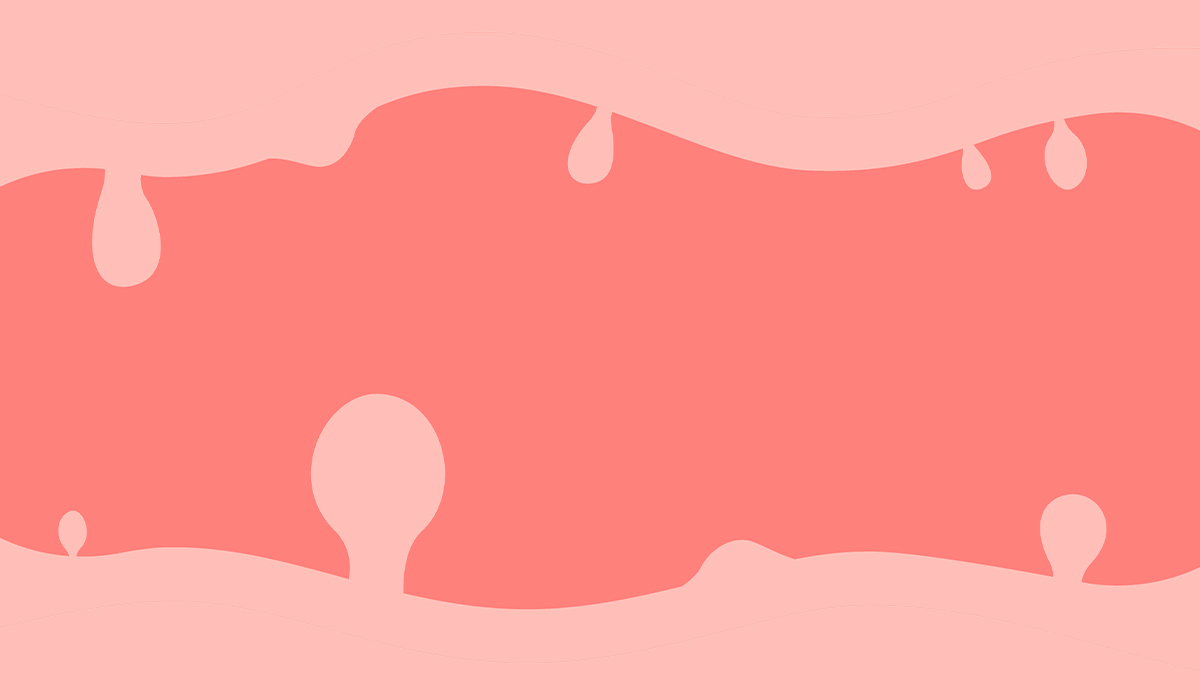
A polyp is an unexpected tissue growth that can occur in various places. Doctors usually find these growths on the… read more »